#410 - TED HALL, Founder and Creative Director of Spearhead
SUMMARY
This week David and Marina of FAME Architecture & Design are joined by Ted Hall, Founder and Creative Director of Spearhead. They discussed Ted’s early careers and influences; maintaining craftsmanship with technology; engaging fabricators early in design; collaborative fabrication process; typical fabrication workflow; Spearhead’s service and operations; and more. Enjoy!
ABOUT TED
Ted Hall, the founding partner of Spearhead, brings 35 years of experience in custom residential construction and advanced timber fabrication. His passion for extraordinary architecture harmonizes seamlessly with a commitment to innovative project delivery, merging design, technology, and craft. Ted’s hands-on approach and exceptional team-building skills have played a pivotal role in establishing Spearhead at the forefront of the industry, where excellence in computer-aided design and mastery in component-based manufacturing distinguish the company as a true trailblazer.
TIMESTAMPS
(00:00) Ted Hall's early influence & careers.
(08:22) Is the value of craftsmanship dying?
“Technology, in a sense, is displacing craft. How can we approach technology with a sense of craft and use technology to serve the big idea behind what we're trying to do? We model everything in 3D. We're using CNC machines to cut parts and it's an amazing process. But it’s garbage in, garbage out in a sense. The machine will do whatever you set it to do. So, if you don't have a good understanding of the design intent and try to use technology to serve that intent, I think there's something inherently missing. By approaching technology with a sense of craft, we can try to bring more integrity to the work. I think that's what gets us up in the morning.” (08:55)
“We deliberately establish a link between the design process and the actual physical parts. That's the interesting thing about a digital design process that uses CNC machines downstream. Can we establish a workflow where you could trace the development of a design into a three-dimensional shop drawing, into the programming of machines to cutting parts, and create a tangible connection? Then it realizes this idea of optimizing the technology to serve that design. It's a more attainable thing. The more complex the components are, the more important it is to establish that link.” (11:39)
(12:58) Core and freeform projects.
“Those unconventional projects require an unconventional process to pull them off. We're always trying to establish a workflow and the best practice that is not just the most efficient, but the most authentic way of fusing the architecture, the engineering, and the manufacturing methodology into one cohesive effort. We're trying to deliberately apply those lessons learned back into our core work, perhaps less obvious because the complexity of form isn't there, but we definitely see the same results.” (13:26)
(15:53) Fabricator engaged early in design vs design bid build model.
“It's possible to have proof of concept concurrent with design development. As a specialty fabricator, we're not just waiting for the architect and engineer to develop the design so that we can price it. We're trying to contribute digitally to the resolution of the design and plan out the runtime on machines to cut parts, which amounts to data. That data-driven approach can be embraced very early in an architectural design process. If you apply that effort to the elements that represent the area of greatest complexity and therefore risk in a project, there's a correlation to cost and schedule certainty and design integrity through that process.” (22:14)
(23:29) What service does Spearhead offer? Incorporating technology in fabrication.
(37:52) Collaborative design strategist vs reactive contractor.
“We're actively trying to be strategists during Design Assist. We explore what it means to work iteratively and collaboratively with architects, engineers, and builders and get involved before the design is complete. We like to engage with them in parallel so that we can offer a little more access to the technology and make that a design opportunity instead of a design constraint. Using the development of a 3D model as the basis of communication, it's interesting to see how the dialog develops. Not only are we privy to a deeper understanding of the design intent, but we're also able to make more relevant suggestions back to the design team that I think really bring value to the project.” (38:30)
(45:28) Physical prototypes and process of a typical fabrication project.
(56:34) Experimenting with materials in fabrication.
(01:03:20) Spearhead business operation and team structure.
(01:14:59) Amount of handwork on fabrication.
(01:16:19) Ted's favorite building.


























